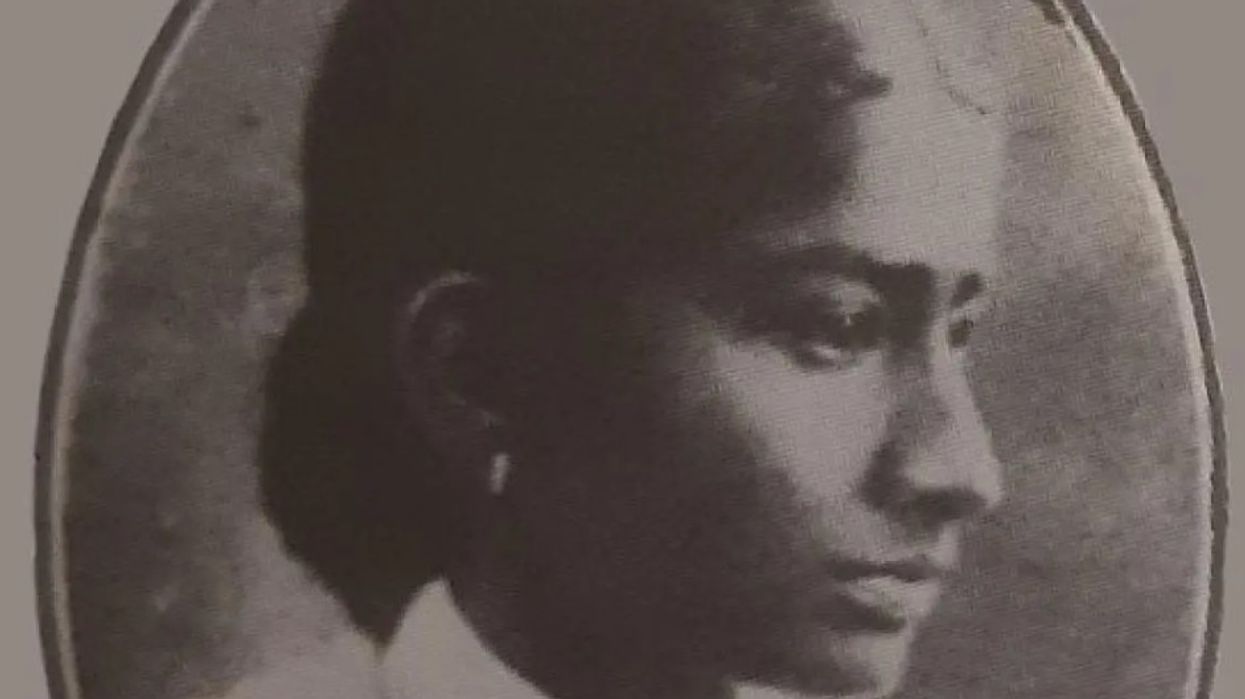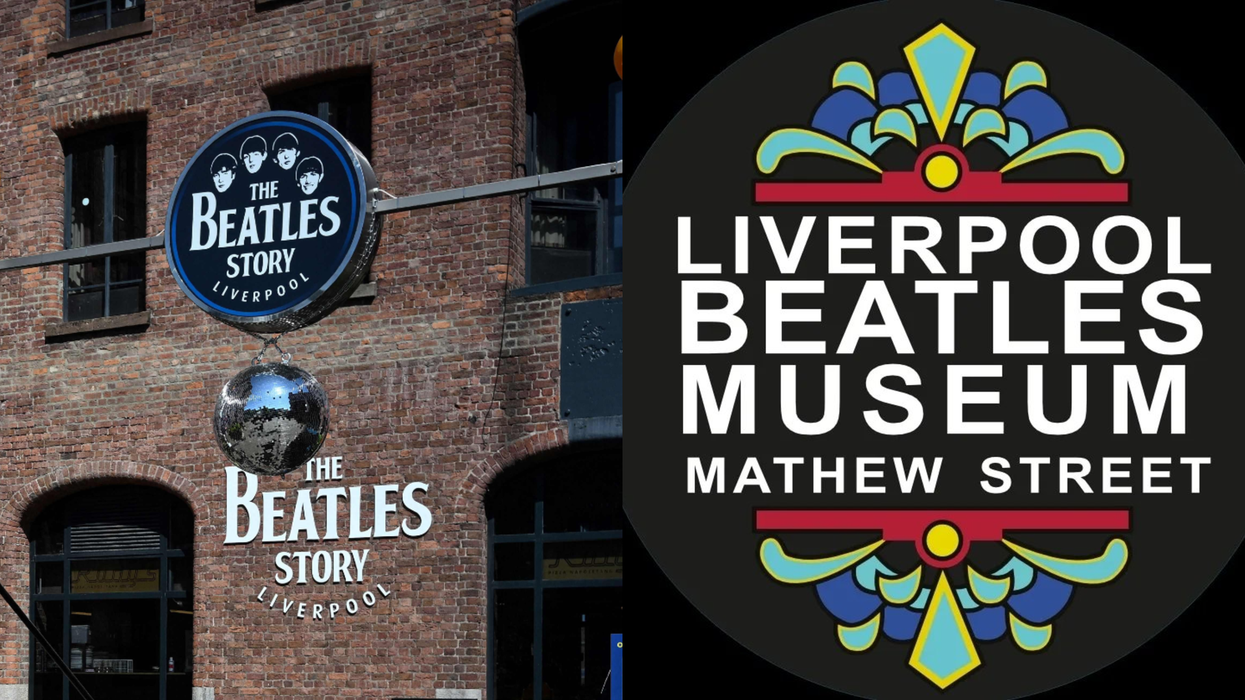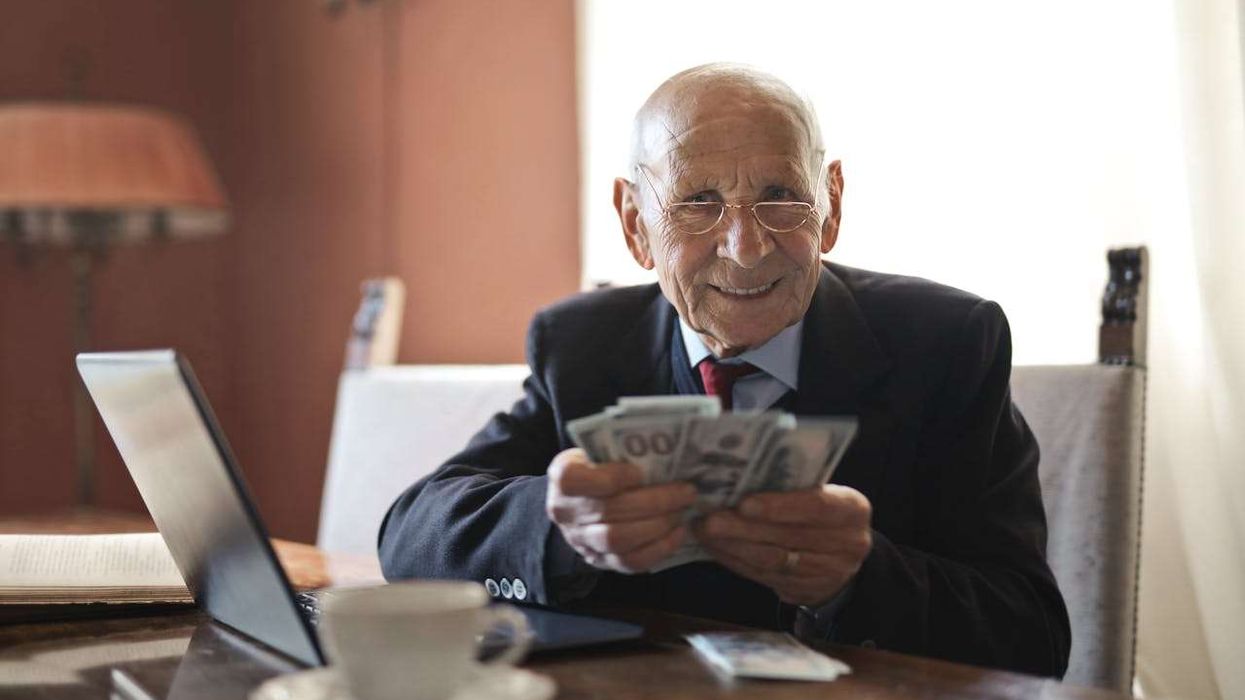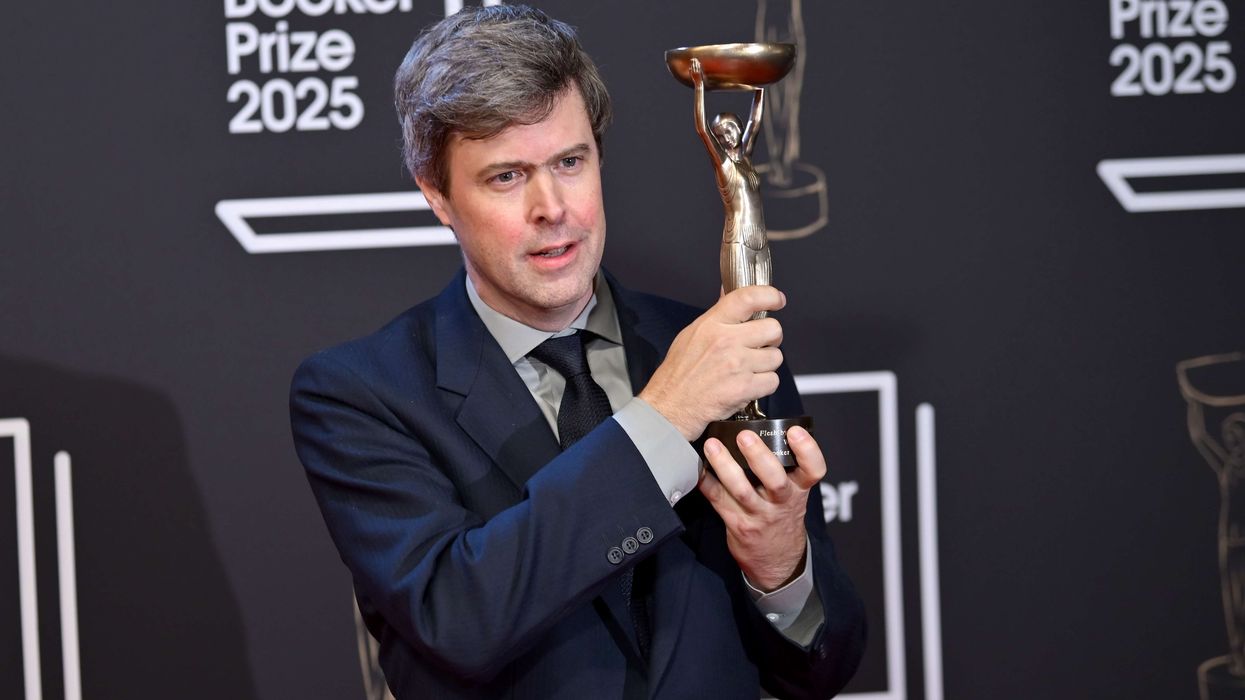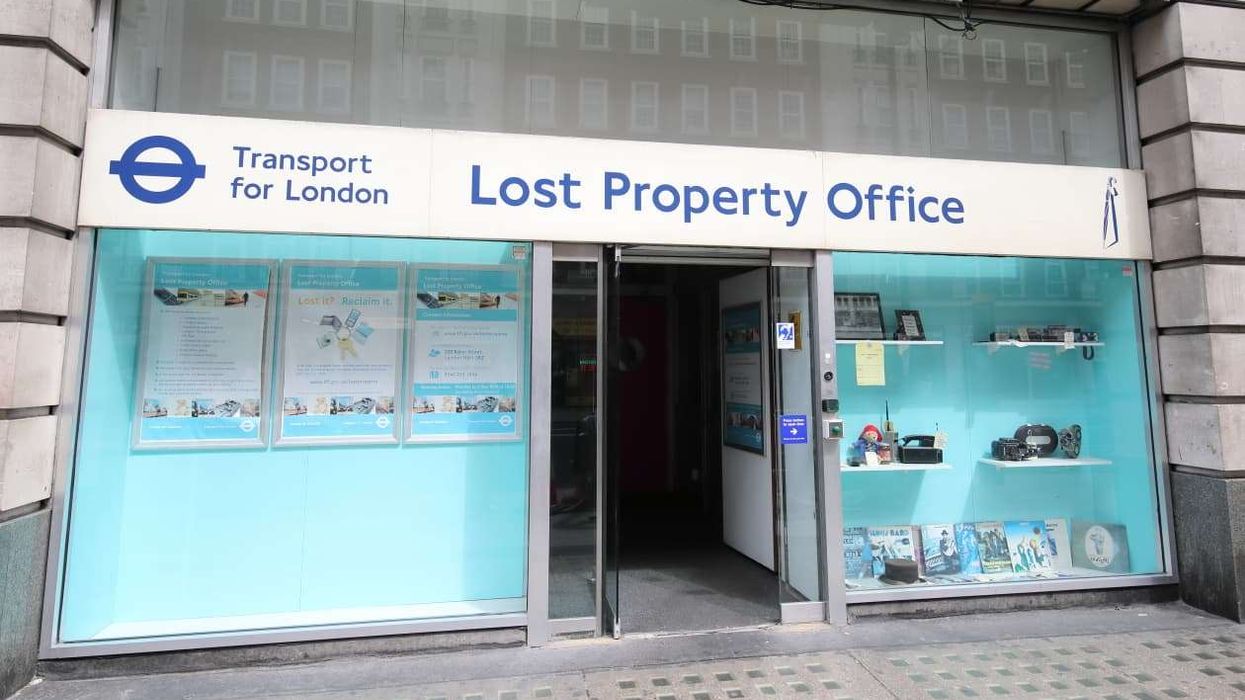DR ANNIE WARDLAW JAGANNADHAM was the first Indian woman to gain a medical degree at a British university and have her name added to the UK medical register in 1890.
Her story has been revisited by the General Medical Council (GMC) as part of South Asian Heritage Month. Tista Chakravarty-Gannon, from the GMC Outreach team, explored her life with support from GMC archivist Courtney Brucato.
Chakravarty-Gannon wrote in a blog, “In my role at the GMC much of my work is focused on supporting international doctors, and on anti-racism. It’s work that lies close to my heart. My father was born in India but emigrated to the UK in the 1960s.”
She added, “If you wind the clock back even further, it must have been even harder to make that journey and assimilate into a not particularly diverse society and profession. Unsurprisingly, in the late 19th century doctors were almost all male and white. It was going to take some remarkable women to turn that tide. I’ve been lucky enough to spend time talking to our archivist, Courtney Brucato, about one such woman – Annie Jagannadham.”
Early years
Born in 1864 in Visakhapatnam, Annie was the daughter of Christian missionary parents. At 20, she began medical studies at Madras Medical College, one of the few institutions in India then open to women.
She studied practical midwifery under Dr Arthur Mudge Branfoot, who had spoken about the “folly and inadvisability of educating women as doctors.”
Barriers and opportunities
Indian medical qualifications were not fully recognised under the colonial system. For women, studying abroad was often the only route to legitimacy.
In 1888, Annie received a scholarship from the Countess of Dufferin Fund to study at the Edinburgh Medical School for Women. The Fund, set up under Queen Victoria, aimed to improve women’s health in India through scholarships and support for health infrastructure.
She studied for the conjoint medical and surgical qualification of the three Scottish Colleges, known as the “Scottish Triple” or “TQ”.
Academic success
Annie graduated with special credit, worked as a demonstrator of anatomy at Surgeons’ Hall, and achieved top marks in several examinations. On 2 May 1890, she was granted registration with the General Medical Council.
She then worked as a house officer at the Edinburgh Hospital for Women and Children under Dr Sophia Jex-Blake, who described her as of “fine and finished character.” Annie gained experience in obstetrics and gynaecology and was made a Licentiate of the Royal College of Physicians of Edinburgh, the Royal College of Surgeons of Edinburgh, and the Faculty of Physicians and Surgeons of Glasgow.
Return to India
In 1892, Annie returned to India as a House Surgeon at Cama Hospital in Bombay (now Mumbai), under Dr Edith Pechey, one of the Edinburgh Seven who had campaigned for women’s right to study medicine.
Early death
Two years later, Annie contracted tuberculosis. She returned to her family in Visakhapatnam and died in 1894 at the age of 30.
The Chronicle of the London Missionary Society published an obituary, noting, “it is to be feared that the early death, which those who knew her now mourn so deeply, was largely due to her self-denying labours on behalf of the sufferers in the hospital.” It added, “though the course [of her life] has been short, it has been useful and bright,” praising her independence, modesty, and “unostentatious service.”
Legacy
On the 1891 medical register, Annie was one of 129 female doctors compared to more than 29,000 men. This year, for the first time, there are more female than male doctors practising in the UK, and more ethnic minority doctors than white doctors.
Chakravarty-Gannon wrote, “It’s important to remember that to be listed on the medical register, Annie was required to step outside the Indian system, navigate another culture away from her friends and family, and prove herself all over again – because her original education wasn’t recognised in a colonial hierarchy.”
“Dr Jagannadham may not be a household name, but her courage and determination helped carve out a path that many generations have since followed. Her story is a powerful reminder of how far we’ve come – and how important it is to keep moving forward.”
South Asian Heritage Month runs from 18 July to 17 August each year, commemorating and celebrating South Asian cultures, histories, and communities.
